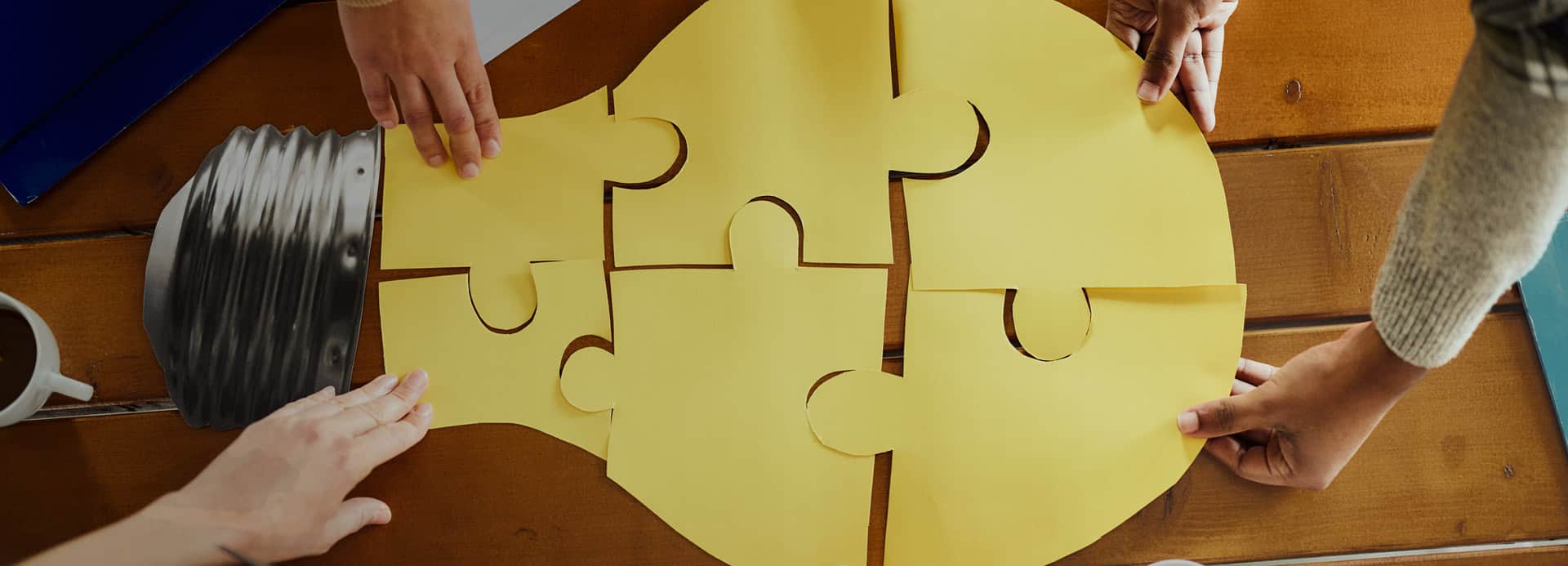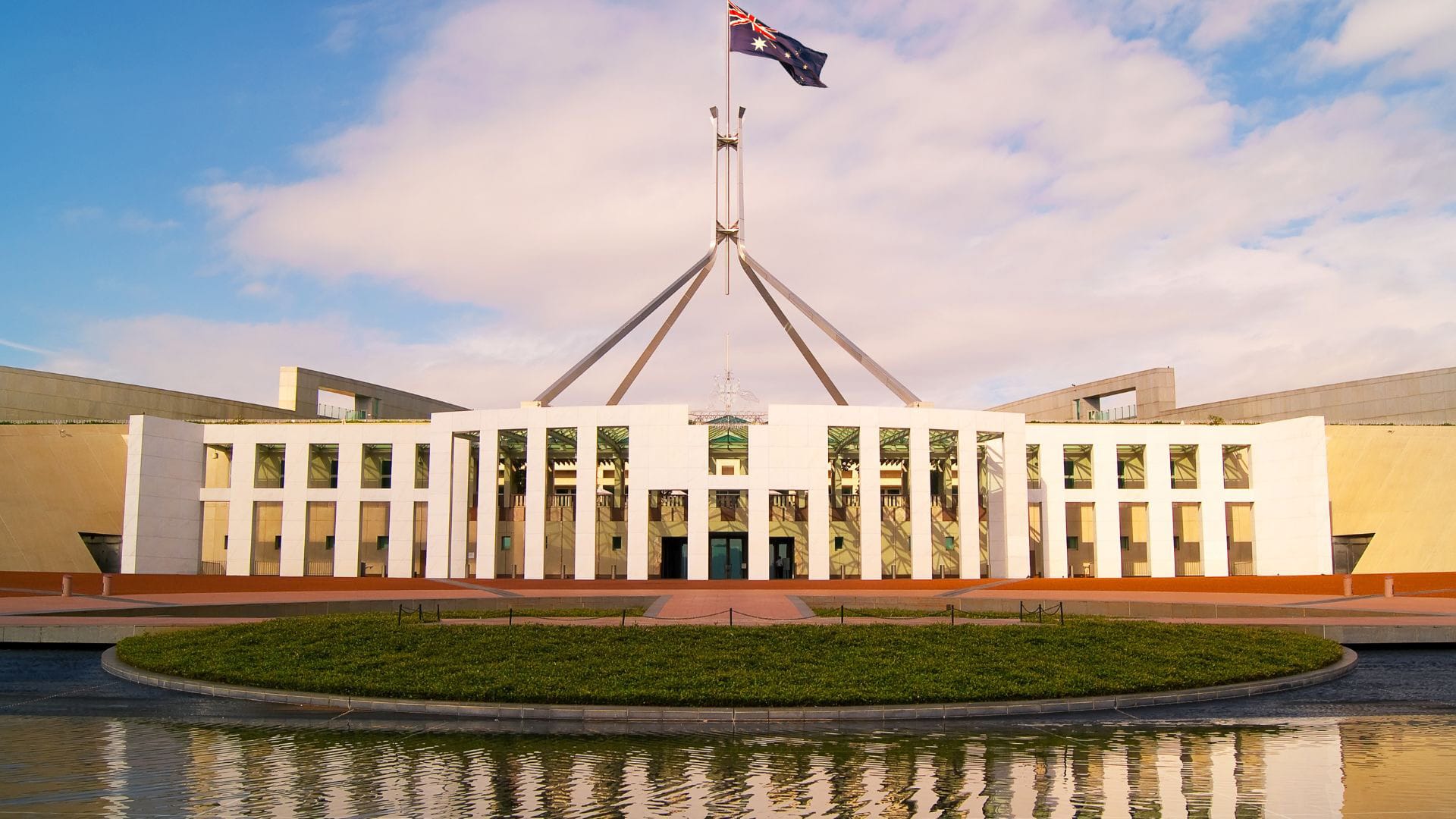Labor TPP lead settles at 52–54 per cent
Every major polling company has now published its closing call and – even accounting for their varied methodologies – the spread is remarkably tight. YouGov, Roy Morgan, Newspoll and Spectre Strategy all land Labor between 52 and 54 per cent two-party-preferred (TPP) and the Coalition between 46 and 48 per cent.
| Pollster | Labor PV | Coalition PV | Greens | One Nation | Others | TPP (Labor/Coalition) |
| YouGov MRP | 31.40% | 31.10% | 12.60% | 9.30% | 15.60% | 52.9 / 47.1 |
| Roy Morgan | 34% | 34.50% | 13% | 7.50% | 11% | 53 / 47 |
| RedBridge/Accent | 34% | 34% | 12% | 8% | 12% | 53 / 47 |
| Spectre Strategy | 31% | 34% | 14.5% | 9.5% | 11% | 53 / 47 |
| Freshwater | 33% | 37% | 12% | 8% | 10% | 51.5 / 48.5 |
While this is potentially good news for Labor, the primary votes do not look good for either of the two major parties. Both are hovering in the low-thirties, leaving roughly one voter in three parked with the Greens, One Nation, or a patchwork of independents and micro-parties.
Seat-by-seat predictions
Seat-by-seat modelling reinforces the message of a Labor lead. YouGov’s multilevel regression and post-stratification (MRP) projection—fielded 1 to 25 April—predicts 84 seats to Labor, 47 to the Coalition, 14 to cross-bench independents and three to the Greens. If it pans out this way Labor will comfortably break through the 76-seat finishing line and increase its majority.
The distribution of the vote across pollsters is no more than two seats either side of that figure, suggesting that only a late swing of two points or a polling miss of 2019 proportions could deny Anthony Albanese a second term.
Albanese also ahead in leader ratings
Both leaders finish the race in negative territory, but Peter Dutton trails badly. Newspoll has him on a net satisfaction of –24 versus Albanese on –9, with the Labor leader preferred as prime minister by 51 per cent to 35 per cent. The margins are almost identical in the latest YouGov and Roy Morgan surveys. While leadership numbers rarely decide Australian elections, they tend to move with the underlying party vote, so here too the pattern is consistent.
Can we trust the polls after 2019?
The catastrophic miss six years ago—national polls overstated Labor by three points—forced a wholesale re-evaluation of polling methodologies. Most pollsters have abandoned single-mode polling in favour of a combination of live phone, random-digit mobile, online panels and SMS recruitment. Stratified quotas now target hard-to-reach segments such as outer-suburban mortgagees and regional renters, with dynamic weighting applied for education, tenure and past vote.
Transparency has tightened too. Members of the Australian Polling Council must publish full methodological statements within 48 hours, including unweighted datasets, to discourage the ‘herding’ exposed in 2019. Response rates remain low – around 11 per cent for mixed-mode polls – so non-response bias is still a live risk, but the corrective steps taken make a repeat of that scale of error less likely.
Two vulnerabilities stand out. First, regional Australia. Lower population density pushes margins of error above ±4 points, and the plunge in the use of landlines has all but stripped pollsters of a traditional sampling method. Second is preference volatility. Most pollsters still rely on 2022 flows to convert primary votes to TPP, yet the Greens-to-Labor flow has slipped to about 78 per cent and One Nation-to-Coalition has climbed to roughly 72 per cent. A one-or-two-point mis-specification here can flip half a dozen seats.
Seats with polls inside the margin of error
The likes of Deakin, Bennelong, Tangney, Sturt and Bradfield have margins well inside a ±3.5 point margin of error, and in some the difference between the incumbent and challenger is under 1 point. Even a uniform national swing cannot guarantee outcomes in these micro-contests.
Age, tenure and housing status explain more variance than state borders. Millennials and Gen Z voters are breaking two-to-one for Labor or the Greens, renters by a similar ratio, while men over 55 and outright homeowners tilt Coalition. The teal independents remain dominant in wealthy inner-metro seats, but regional independents are also threatening Nationals incumbents in Cowper and Nicholls, propelled by hospital downgrades and slow internet speeds.
Early voting and undecided voters
By 27 April the Australian Electoral Commission had processed 2.5 million pre-poll ballots—roughly 27 per cent of the eventual total if 2022 turnout patterns hold. Early voters skew older and more conservative, yet exit interviews still record Labor ahead 53–47 among these voters. Because pre-poll votes are counted late on election night, the tally could open closer than the exit split implies and widen after midnight, a dynamic also seen in 2022.
RedBridge’s final wave puts the stubborn undecided pool at 10–12 per cent. History suggests late breakers drift towards the Opposition, but the issue map this cycle muddies that picture. Cost of living remains the dominant concern. Both leaders have sprayed targeted relief at voters – Labor with energy rebates and middle-income tax cuts, the Coalition with a fuel-excise holiday and a one-off tax offset – but polling on economic competence shows neither cracking 40 per cent trust.
Crime and immigration have surged as issues in Queensland and Victoria—up 16 and 12 points respectively since January—bolstering One Nation and tightening Coalition margins in seats like Flynn and La Trobe. For Labor the flip side is a renewed focus on housing. Its shared-equity ‘Help-to-Buy’ scheme and a $10 billion Housing Future Fund resonate strongly among under-40 renters, who are now turning out in larger numbers at pre-poll centres than they did in 2022.
So, is it a Labor majority, a minority government, or an upset?
Most probabilistic models cluster around a 60 per cent chance of a narrow Labor majority, 30 per cent for a hung parliament, and 10 per cent for a Coalition path that would require above-average swings in Queensland and Western Australia. Let’s put it this way – if the published national polls are accurate to within two points, Labor wins. If they repeat the margin of 2019’s miss (in the Coalition’s favour), we wake to a hung House.
A minority outcome would thrust at least a dozen cross-benchers—from teal urbanites to regional independents—into king-maker territory. Policies likely to surface in confidence-and-supply negotiations include a beefed-up federal integrity commission, stronger emissions reductions, and further rent relief.
Better polls, but not bullet-proof
The blunt truth is that Australian pollsters have worked incredibly hard to fix their models since 2019. Mixed-mode sampling, tougher quotas and radical transparency have lifted confidence in the results they publish. The convergence across the different polls in this final week is encouraging, as is the consistency between national swing and seat models. Yet structural uncertainties remain, including volatile preference flows, regional sampling gaps, and a last-minute undecided cohort sizeable enough to swing eight or ten knife-edge contests.
Until the ballots are out of their boxes and the preference spirals resolved, no poll can do more than sketch the range of plausible outcomes—and tonight that range still runs from a slim Labor majority to a hung parliament decided seat by seat.










